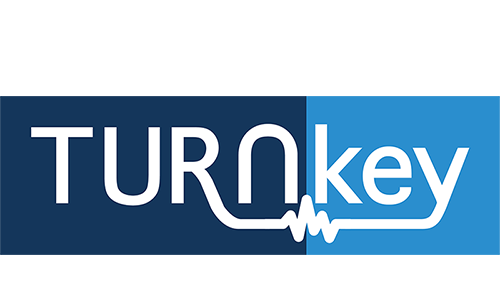WP3 – Assessment of ground motions before, during and after an earthquake
(Lead beneficiary: UStr) (M4-M28)
Objectives
The main objective of Work Package 3 (WP3) is the development of general procedures to assess the expected/observed ground motions before, during and after an earthquake.
Description of the work
Work Package 3 (WP3) aims at developing the seismic hazard assessment procedures required and applied by each testbed (TB) (WP2). These procedures will be implemented in the TURNkey platform (WP6). These assessment procedures are for: before the event (operational earthquake forecasting (OEF), Tasks 3.1 and 3.2), during the event but before the strong shaking arrives at the element at risk (earthquake early warning (EEW), Tasks 3.1 and 3.3) and immediately after the strong shaking (rapid response after earthquakes (RRE), Tasks 3.1 and 3.4). Each of the tasks in this WP aims at developing and documenting general procedures that can be applied within and outside the project.
Specifically, we plan to develop the procedures considering the characteristics of each TB (in terms of seismicity, location of sensors and location of elements at risk) so that they are as useful as possible for the project. Within the TBs, WP3 will be implemented, whenever possible, through adopting/adapting existing seismic hazard models from local, national or European projects as the focus here is on methodological developments. The aim will be to implement at least one of the developments of the following tasks in each TB so that their performance can be tested in the real world. Given the relatively short duration of this project, the chance of having a significant earthquake in any of the TBs during the implementation phase of the project is small.
As well as a close link to the implementation and application of the results in the TBs (WP2 and WP6), this WP also works closely with WP1 so that its developments are as useful to the end-user needs as possible and WP7 so that the resulting developments will be disseminated and understood by as wide an audience as possible. There is also a close link with WP4 (particularly Tasks 4.1, 4.4 and 4.5) so that the developments concerning risk evaluations in that WP obtain the required information concerning expected ground motions and their uncertainties at the locations of the elements at risk.
Tasks
Task 3.1: Assessment of the limits and potential applications of current state-of-the-art OEF, EEW and RRE systems for European conditions (Task lead: UStr) (M4-M14)
Task 3.2: Development of a procedure for OEF accounting for short-term, including following a mainshock, changes in the seismic hazard (Task lead: INFP) (M6-M18)
Task 3.3: Development of methods to assess, reduce, integrate and present the uncertainties in earthquake and ground-motion parameters for EEW (Task lead: UNIBG) (M9-M24)
Task 3.4: Development of methods for real-time updating of ground-motion models, site terms and spatial correlation using data from low-cost sensors and macroseismic intensities derived from citizen observations for use in RRE (Task lead: BRGM) (M9-M26)
Task 3.5: Development of easy-to-understand estimates of potential shaking and its uncertainty for different end users (Task lead: KNMI) (M16-M28)
Deliverables
D3.1: Report on the limits and potential applications of current state-of-the-art OEF, EEW and RRE systems for European conditions (Lead Beneficiary: UStr) (M14)
D3.2/D3.3: Online service and accompanying report on the use of citizen information from smartphone apps for rapid earthquake detection and location estimation (EEW) (Lead Beneficiary: EMSC) (M16)
D3.4/D3.5: Software and accompanying report on developed improved procedure for OEF (Lead Beneficiary: INFP) (M19)
D3.6/D3.7: Online service and accompanying report on the use of citizen information from smartphone apps for rapid earthquake detection and location estimation (EEW) – (Joint Deliverable with RISE project) (Lead Beneficiary: EMSC) (M19)
D3.8/D3.9: Software and accompanying report on improved procedures for rapid mapping of earthquake shaking, including adjustment factors for local site effects (RRE) (Lead Beneficiary: BRGM) (M26)
D3.10/D3.11: Demonstrator and accompanying report of the estimation of seismic magnitude using citizen information from smartphone apps (EEW) – (Joint Deliverable with RISE project) (Lead Beneficiary: EMSC) (M28)
D3.12/D3.13: Software and accompanying report on easy-to-understand maps of potential shaking (OEF, EEW and RRE) (Lead Beneficiary: KNMI) (M28)

